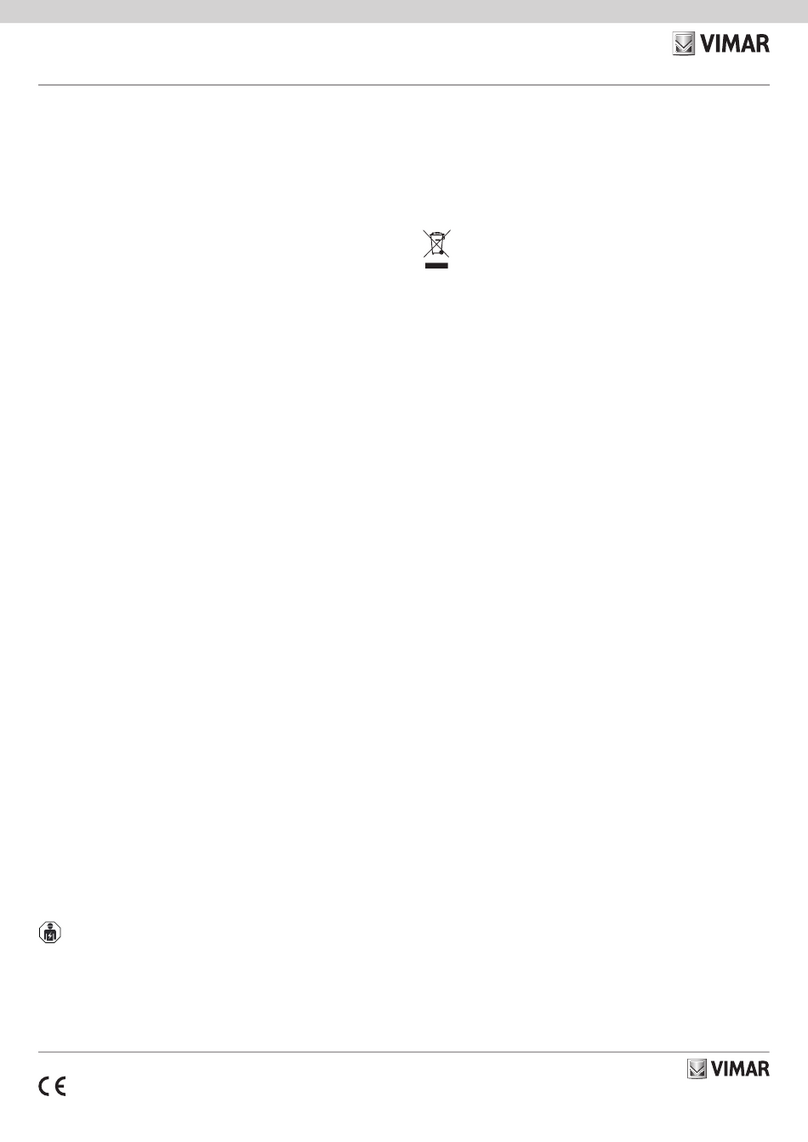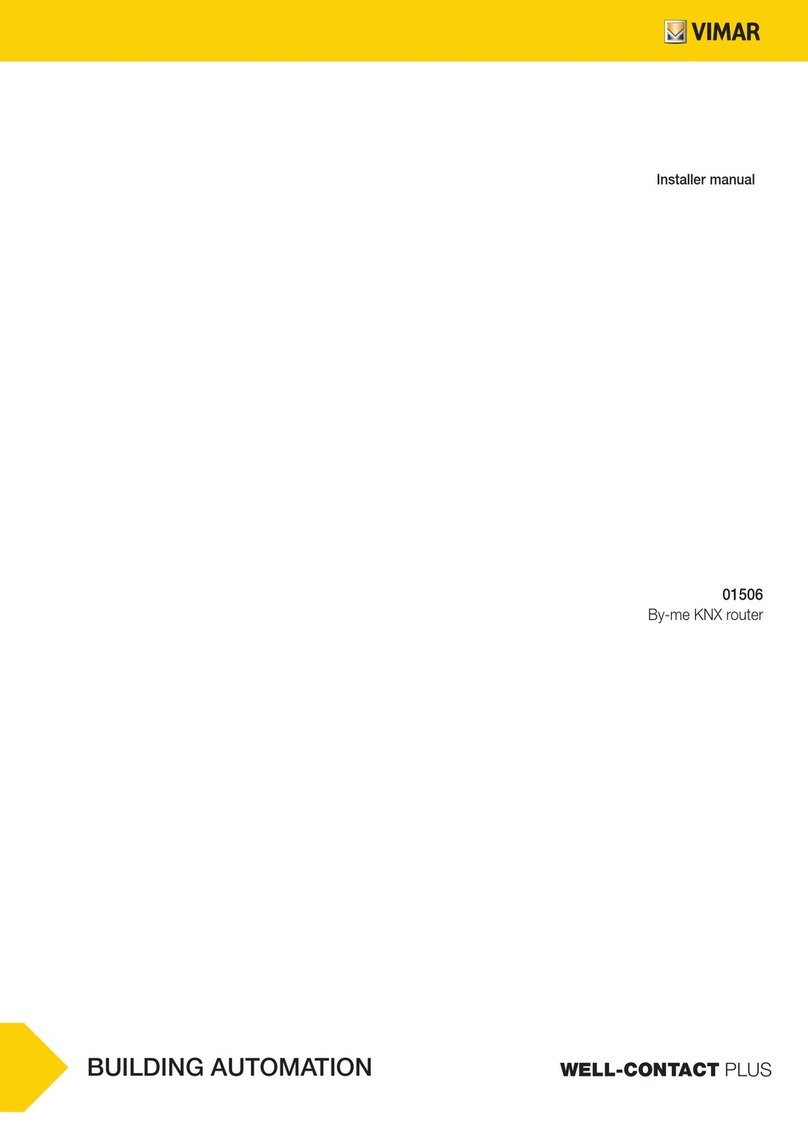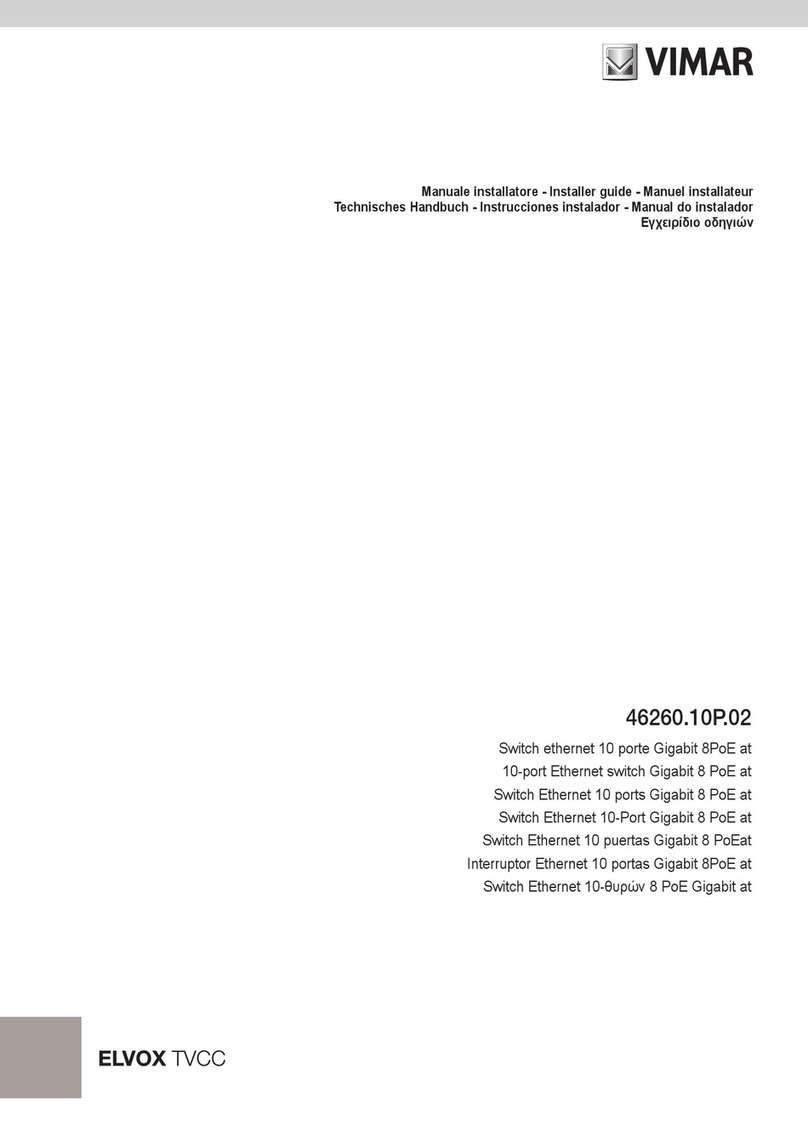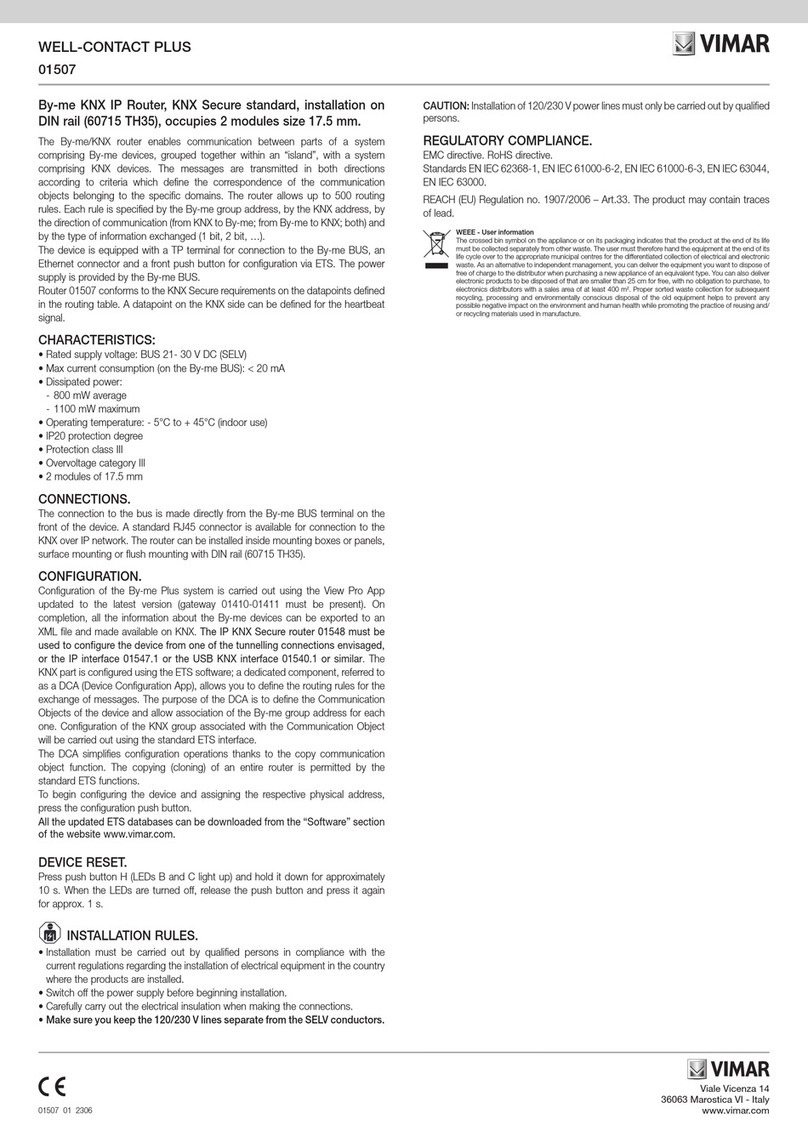
3
BUILDING AUTOMATION
Index
1. Product description ............................................................................................................. 4
1.1 Front view of the device........................................................................................................ 4
1.2 LED indications .............................................................................................................. 4
1.3 Commissioning .............................................................................................................. 5
1.4 Secure Commissioning ........................................................................................................ 5
1.5 Important notes .............................................................................................................. 6
1.6 Keeping the device Certificate ................................................................................................... 7
1.7 Summary of functions ......................................................................................................... 7
2. The KNX Secure protocol ........................................................................................................ 8
3. Description of operation ......................................................................................................... 10
3.1 General information ........................................................................................................... 10
3.2 Adding the device Certificate .................................................................................................... 10
3.3 Programming................................................................................................................ 11
3.3.1 Programming the individual address (and application)..................................................................................... 11
3.3.2 Network backbone configuration with KNX Secure active.................................................................................. 12
3.3.3 01548 interface configuration ....................................................................................................... 12
4. Organising the DCA for customising associations ..................................................................................... 13
4.1 Controls.................................................................................................................... 13
4.2 Section A................................................................................................................... 13
4.3 Section B................................................................................................................... 14
4.4 Tab ....................................................................................................................... 14
4.5 Preliminary procedures on the By-me Plus system ................................................................................... 14
4.6 Configured By-me Plus system .................................................................................................. 14
4.7 Adding a communication object from By-me Plus data ................................................................................ 14
4.8 Non-configured By-me Plus system............................................................................................... 15
4.9 KNX Communication objects present in the By-me Plus island .......................................................................... 15
4.10Assigning By-me data to Communication Objects.................................................................................... 16
4.11Copying Communication Objects ................................................................................................ 16
4.12 Errors ..................................................................................................................... 16
4.13 Copying the By-me/KNX gateway from ETS........................................................................................ 17
4.14Completing the ETS configuration ................................................................................................ 17
4.15 Cloning a room/area.......................................................................................................... 18
8. Usage examples ................................................................................................................. 19

































